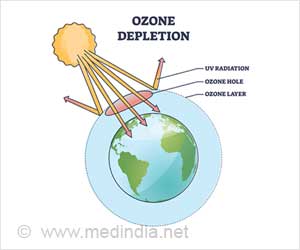Ecologists have warned that global warming might result in species shrinking in size. According to a report in New Scientist, Kaustuv Roy, a biologist at the University of California
Thanks to global warming and its numerous side effects, ecologists predict that many of the world’s species are on the verge of extinction. A report in the New Scientist by Kaustuv Roy, a biologist at the University of California in San Diego, says that scientists need to seriously consider how they are going to save these species from an almost certain fate.
"Our collective actions are negatively affecting body sizes of many living species," said Roy.It is well known that humans tend to hunt or fish larger animals, creating a selective pressure that favors the smaller ones that can reproduce while they are still small.
Several species of cod are smaller as a result of pressures of the fishing industry.
The degradation of natural environments around the world is having the same effect by limiting the amount of food available to animals, according to Roy, meaning smaller animals that need less food have a head start.
But, another factor threatens the world's most impressive animals.
"Global warming may reinforce this trend towards smaller sizes through the temperature-size rule," said Roy.
Advertisement
Bergmann's rule is debated, but one explanation for it is that larger animals have a lower surface-area-to-volume ratio, allowing them to retain more heat and fare better in cooler climes.
Advertisement
Roy has shown that the average body size of tiny ocean shrimps, known as ostracodes, gradually became bigger several million years ago. As the world cooled by 12 degree Celsius during the Cenozoic era, fossil ostracodes got about 30 microns bigger for every degree of cooling.
Although he does not yet have the data, Roy has said that we should expect the opposite consequence from human-induced global warming.
"In effect, our actions have set up a grand selection experiment where bigger is no longer better," said Roy, who has also shown that species evolve faster in cooler temperatures.
"It makes sense to be bigger when it's colder," said Wendy Foden, a biologist at the World Conservation Union who is studying the effects of climate change on species.
"As the world gets warmer, the converse will happen, species will shrink," she added.
Source-ANI
TAN









